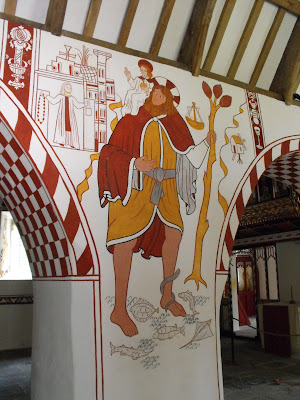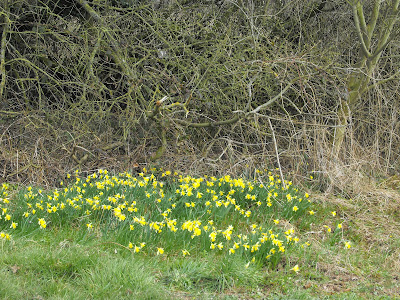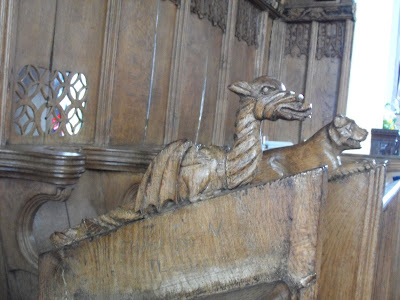TURN YOUR HEAD
Turn your head. Can
you see her?
That little girl with the dark hair, running down the
track?
There, by the gorse bushes, air heavy with their scent of
coconut,
Sunshine burning skin like a magnifying glass.
She’s gone, with a twirl of cotton skirt, round the bushes
In search of ponies.
Always ponies in her life.
Always somebody
else’s.
There they stand across the valley, in the shade of the
holly grove,
Eyes watchful, ears flicking backwards and forwards,
Tails switching flies on sun-warmed flanks,
Foals dreamily blinking and snoozing at their feet.
The stream takes her attention, warm peaty brown water
Swirling over the gravel pebbles, discolouring them,
distorting them,
Forming little eddies around the rocks, tickling heather,
Bouncing the branches of broom which dangle over them,
Licking at the banks, curvaceously meandering,
Trespassing under tree-roots, plashing and splashing and
Clunking stones. It
is home to minnows and sticklebacks,
Waterboatmen and whirligigs, a drowner of insects,
Highway for flotillas of fallen leaves, stealer of shadows,
Thief of foxglove flowers, home of Guinness-coloured pools
And embroidered skeins of bubbles.
The sultry breeze jangles the ash keys like loose change,
Tickles the willow leaves, combs the flossy hair of the bog
cotton,
Chimes the heather bells, rattles the gorsepods till they
explode like artillery,
Sidles round the bracken stalks and plucks at ponies’
forelocks.
It carries the notes
of the skylark, the scent of the Sweet-gale,
The wing of the buzzard and the hum of the bees.
It skips through the marshes and breaths on the peat-moss,
Exhaling a summer song under the trees.







































